Cloned SSD Won't Boot | How to Make HDD/SSD Bootable Windows 10
SSD Not Booting After Clone - Full Guide Content:
- Method 1. Re-clone HDD to SSD with Qiling Backup
- Method 2. Check and fix BCD error
- Method 3. Add necessary drivers to the cloned SSD
- Method 4. Change the boot order in the BIOS
- Method 5. Set system partition as active partition
- Method 6. Connect SSD to the computer via SATA cable
Windows users are upgrading their old HDD to SSD to improve performance, and to avoid reinstalling the OS, they're cloning their HDD to SSD. However, this often results in the cloned SSD not booting in Windows 10.
"I have a Dell T-Yes, there are a few possible reasons why your cloned SSD might not be bootable. Here are some potential solutions:
If you're struggling to make an SSD bootable after cloning, you're not alone. This post explains the common issue of a cloned SSD not booting and provides effective solutions to resolve the problem, offering a detailed guide to help you overcome this challenge.
How to Fix Cloned SSD Won't Boot Issue and Make SSD Bootable
If your SSD is not working after cloning, there are several methods to resolve the issue. To fix the problem, follow these step-by-step guides: [insert steps here]. By following these guides, you should be able to make the cloned SSD boot normally.
Method 1. Make a New Clone of HDD to SSD with Qiling Backup
If the cloned SSD doesn't boot, it's likely due to an incomplete clone or clone failure, or if the boot partition wasn't cloned. This can prevent the cloned hard drive from booting.
Your Reliable Choice - Qiling Backup
- Support smart file backup, system backup, disk, and partition backup.
- The system cloning feature supports transferring the operating system and data to various storage devices, including USB drives, external hard drives, HDDs, and SSDs. This allows users to easily create a backup or clone of their system, making it easy to restore their computer to a previous state or transfer the system to a new device.
- You can clone an operating system from a larger hard disk drive (HDD) to a smaller solid-state drive (SSD) without reinstalling by using a cloning software. This process involves copying the entire operating system, including the OS itself, installed applications, and data, from the larger HDD to the smaller SSD.
To avoid issues and ensure a cloned hard disk is bootable, you can use a reliable and user-friendly Windows backup tool, such as Qiling Backup, to re-clone the HDD to an SSD.
Step 1. Launch Qiling Backup, choose "Clone" from the tool page.
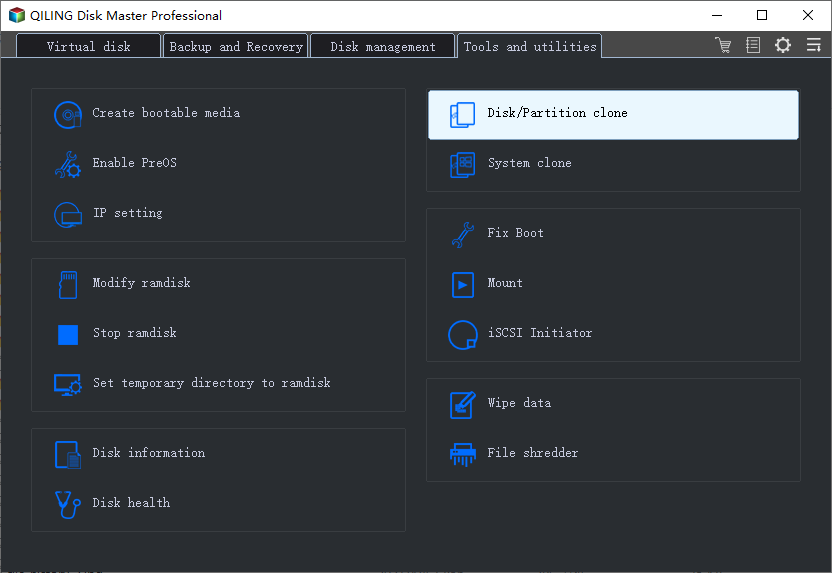
Step 2. To clone a drive, select the entire hard disk or a single partition on it as the source disk, and then click "Next".
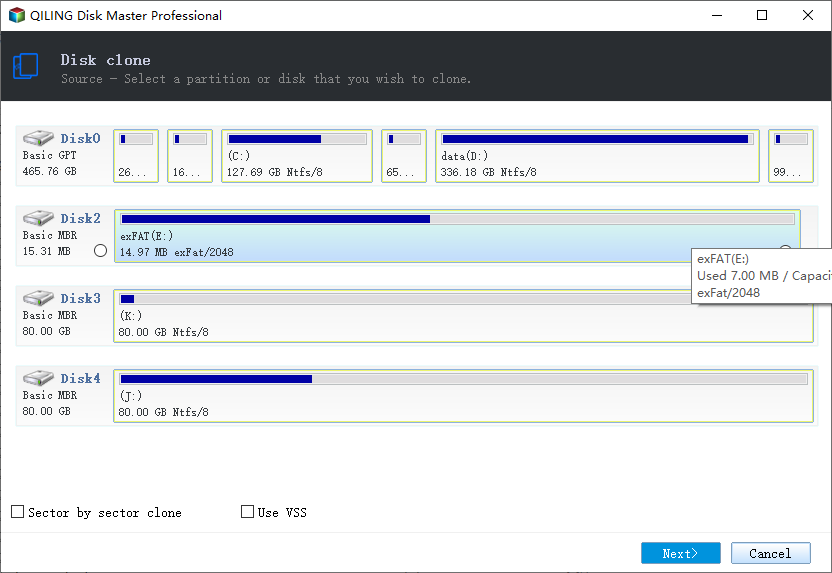
Step 3. Since you're going to clone the selected drive to an SSD, choose the SSD as the destination disk, then click "Next".
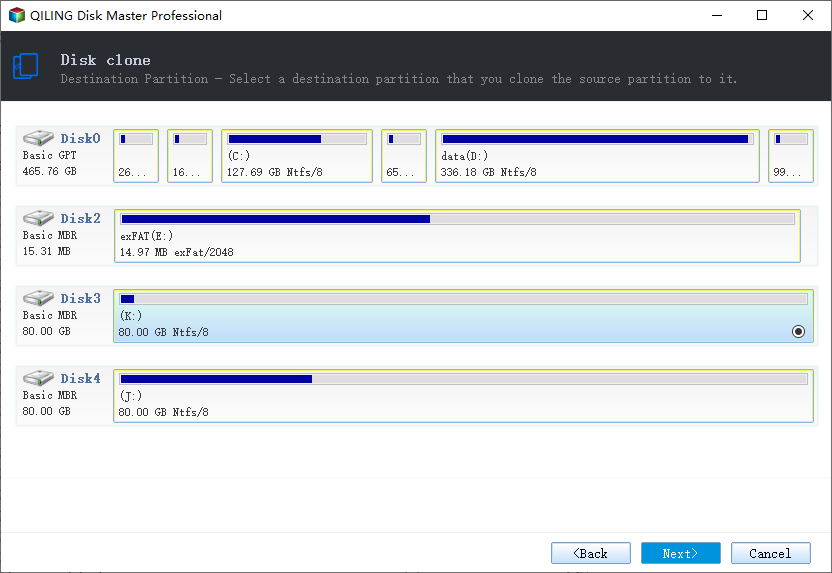
Step 4. Preview the disk layout and click "Proceed".
To achieve better SSD performance after cloning, select the "Optimize for SSD" option.
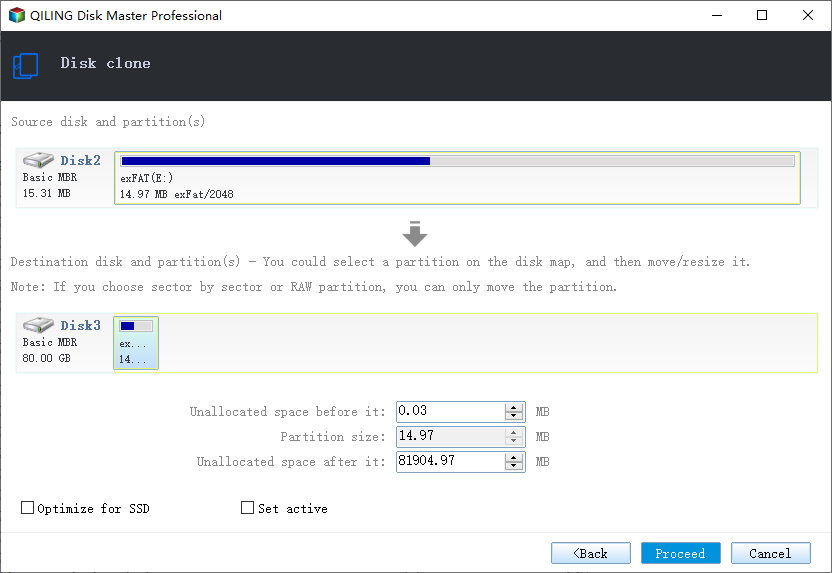
Method 2. Check and Fix BCD Error
If you get an error message saying "Your PC needs to be repaired. An unexpected error has occurred. Error code: Oxc000000e" when booting your computer from a cloned SSD, you'll need to check and fix the BCD error to resolve the issue.
Step 1. Start your computer from the Windows installation disc. Select "Troubleshoot" > "Advanced Options" > "Command Prompt".
Step 2. In the pop-up command prompt, type the following commands and press Enter after each line.
bootrec.exe
bootrec.exe /fixmbr
bootrec.exe /fixboot
bootrec.exe /scanos
bootrec.exe /rebuildbcd
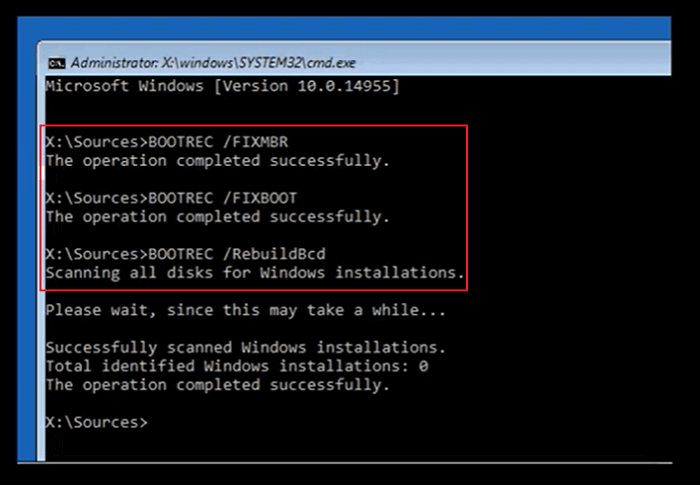
Method 3. Add Necessary Drivers to the Cloned SSD
Some SSDs may require a driver to boot from them, so add the necessary device drivers after cloning the disk. This is usually necessary for SATA add-on cards, but may also be required for embedded SATA controllers, especially if the OS setup doesn't recognize the drive. In these cases, you'll need to provide a controller device driver.
The SATA controller driver can usually be found on the system's CD or website, motherboard, or SATA controller card manufacturer.
If the SATA controller is detected during the setup process without requiring special drivers, the installation can be completed. After the initial setup, it's recommended to check for any available driver updates from the operating system or the SATA controller manufacturer.
If the SSD is not displayed when performing a new installation from the DVD of Windows 8/7/Vista, click the Load Driver option to select the SSD for installation.
Method 4. Change the Boot Order in BIOS
If you've cloned your SSD but it's not set as the first boot option in BIOS, your computer won't boot from it. You'll need to access BIOS and change the boot order to prioritize the cloned SSD, especially if you have multiple hard drives.
Step 1. Restart the PC. When the startup screen appears, constantly press F2/F12/DEL to enter BIOS.
Step 2. Use the arrow key to select the Boot tab and set the cloned SSD as the first boot option.
Step 3. Save the settings and restart your computer.
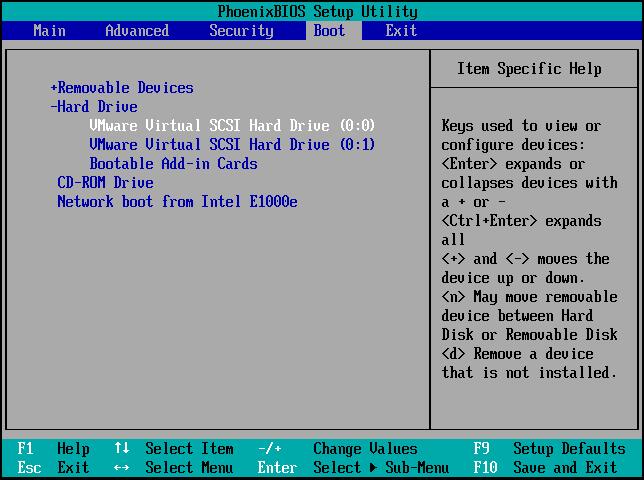
Method 5. Set System Partition an Active Partition
To ensure a smooth Windows 10 boot from the cloned SSD, the system partition must be set as the active partition. If this is not done, Windows 10 will not be able to boot from the cloned SSD. Fortunately, this can be easily achieved by creating a bootable disk and using a partition manager in the WinPE environment to set the system partition as active.
Step 1. Download and launch Qiling partition manager software.
Step 2. To make a partition active on a disk map, click on the desired partition and select "Set Active" from the menu. The software will then execute the operation and create an active partition for you.
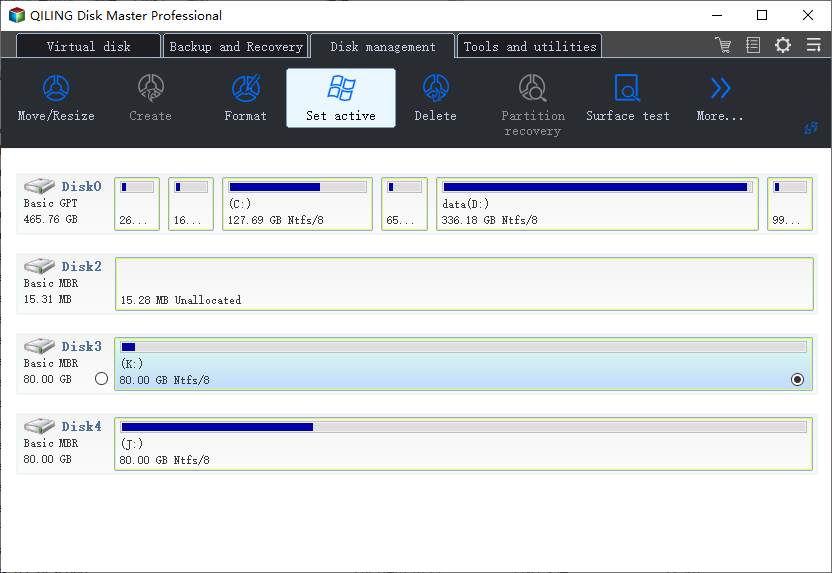
Method 6. Correctly Connect the SSD to with a SATA Cable
To ensure a smooth boot from the cloned SSD, it's recommended to connect it to the computer using a SATA cable instead of a USB cable. This is because the disk clone software may not guarantee a smooth boot when using a USB connection, and a SATA connection is generally preferred for device connections.
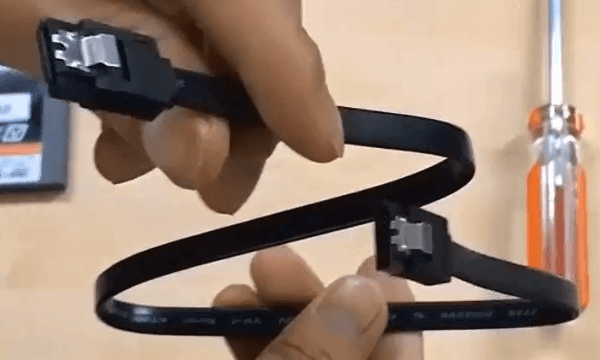
If the notebook can't connect two disks simultaneously through SATA, select the "Create a Portable USB" option when using Qiling Backup.
Does Your Computer Boot from Cloned SSD Properly
If a cloned SSD won't boot after cloning or results in a black screen, follow the detailed instructions in the tutorial to troubleshoot the issue. If the problem persists, contact Qiling's technical support team for assistance.
Find Out the Causes of Cloned SSD Not Booting
There are several reasons why a Solid State Drive (SSD) may not boot after cloning. These include incorrect boot order settings, failure to properly configure the UEFI/BIOS settings, issues with the cloning software or process, and problems with the SSD itself, such as faulty hardware or incorrect SSD configuration. Additionally, user error, such as forgetting to update the boot order or incorrectly setting the SSD as the primary drive, can also cause the issue.
- The cloned SSD may not boot due to bad sectors on the source disk.
- The cloned SSD is not set as the boot disk.
- You connect the SSD to a computer with a USB.
- The SSD needs specific drivers.
- There are some errors during the cloning process.
- Incomplete clones, such as missing boot partitions.
- Other reasons...
Related Articles
- How to Clone Windows 10/8/7 to Another Computer
- What's the Difference between Differential and Incremental Backups
- Best Windows Schedule Backup Software for Automatic Backup
- Upgrade Xbox One to Bigger Drive without Losing Game Files in 3 Steps
- How to Clone RAID Disk Safely and Easily